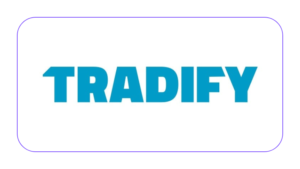Top 10 Software Selection Mistakes Small Business Owners Need to Avoid

1. Lack of Clear Goals and Requirements
2. Overlooking Scalability
Selecting software that cannot grow with your business means you’ll be looking for replacements or upgrades as soon as your company begins growing, which is wasted time and money.
3. Ignoring Integration Needs
4. Focusing Solely on Price
At StackPlan, we strongly advocate creating a structured technology roadmap budget before exploring new software options. But don’t forget to factor in the lifetime value when choosing software. Is it worth investing more now to have efficient, ROI-driven processes long into the future?
5. Skipping Trial Periods
6. Neglecting Employee Input
Team members who use the software daily have the most valuable insights about necessary features, current limitations, and futureproofing strategies, yet they’re often ignored in the software implementation process.
7. Overlooking Training and Support
8. Misjudging Total Cost of Ownership
9. Underestimating Data Security
In 2023, the average worldwide cost of a data breach was $4.45 million, but the average in the US is much higher at almost $9.4 million.
10. Choosing Software Based on Hype
Want to Avoid ALL of These Software Selection Mistakes?
Our vetted tech advisors are here to help you find, implement, and optimize the perfect solutions for your business. So, if you’re ready to make smarter software decisions, let’s connect and build the foundation for your business’s next big leap forward!








